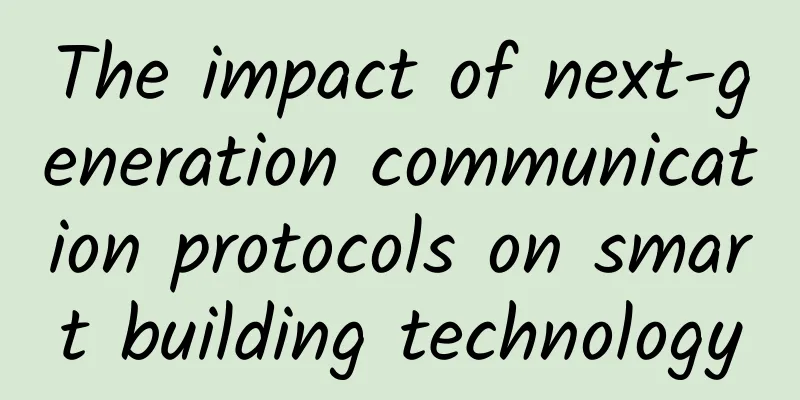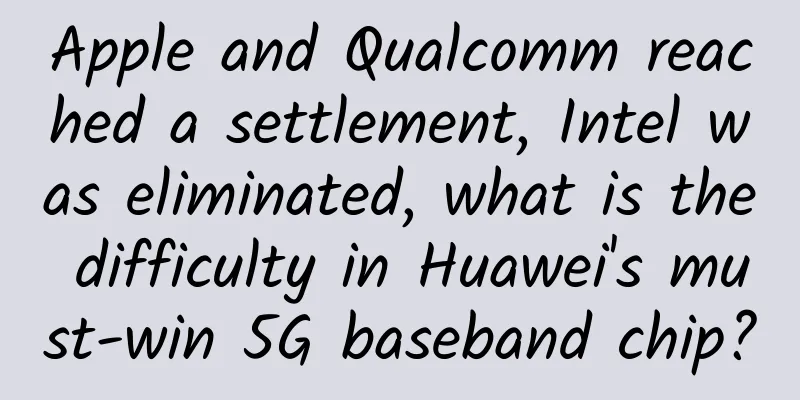The impact of next-generation communication protocols on smart building technology

|
The emergence of next-generation communication protocols has revolutionized various fields, and smart building technology is a major beneficiary. The integration of these advanced protocols not only enhances the functionality of smart buildings, but also paves the way for a more sustainable and efficient future. Smart building technology refers to the integration of interconnected automation systems within building infrastructure to control and monitor various building operations such as heating, ventilation, air conditioning, lighting, and security systems. These systems are designed to improve the performance of buildings, reduce energy consumption, and increase the comfort and safety of occupants. In this context, the role of next-generation communication protocols is crucial as they facilitate seamless communication between different devices and systems, allowing smart buildings to operate effectively. The Internet of Things (IoT), 5G, and next-generation communication protocols such as Wi-Fi 6 play an important role in the transformation of smart building technology. For example, IoT interconnects various devices and systems within a building, allowing them to communicate and share data with each other. This makes building operations more efficient because the system can automatically adjust its operations based on the data received from other devices. The introduction of 5G further enhances the capabilities of smart buildings. With its high-speed data transmission and low latency, 5G makes it possible for smart buildings to process and analyze large amounts of data in real time. This improves decision-making and increases the efficiency of building operations. In addition, 5G's ability to support a large number of devices at the same time facilitates the integration of more devices and systems within buildings, thereby enhancing their intelligent capabilities. Wi-Fi 6, the latest version of Wi-Fi, also has a significant impact on smart building technology. With increased bandwidth and faster data transfer rates, Wi-Fi 6 enables smart buildings to process more data and perform more tasks simultaneously. This makes building operations more efficient and improves performance. However, the integration of next-generation communication protocols in smart buildings is not without its challenges. Security issues are a major concern, as the interconnection of various devices and systems increases the risk of cyberattacks. In addition, the implementation of these protocols requires significant investments, which may not be feasible for all building owners. Despite these challenges, the benefits of integrating next-generation communication protocols in smart buildings are undeniable. Buildings are no longer just physical structures. Today’s smart buildings are intelligent entities that adapt to the needs of their occupants, save energy, and contribute to a more sustainable future. In summary, the impact of next-generation communication protocols on smart building technology is profound. It changes the way buildings are operated, making them more efficient, sustainable, and responsive to the needs of their occupants. As these protocols continue to evolve, we can expect more advances in smart building technology, paving the way for a smarter and more sustainable future. |
<<: Five reasons to upgrade your Wi-Fi router
>>: vivo: From mobile overseas expansion to security protection in the AIGC era
Recommend
Is working from home a good idea? See which companies are hiring remote developers
【51CTO.com Quick Translation】 When you encounter ...
How to quickly troubleshoot data center networks
When the network scale of a data center becomes l...
HostYun Japan Osaka AMD series VPS simple test
In March this year, we shared information about H...
Network security attack and defense: wireless network security WEP
[[392852]] The WEP (Wired Equivalent Privacy) pro...
Three major risks and countermeasures for data center migration
Data center migration is a complex undertaking th...
Explain RPC and HTTP in plain language
With the continuous development of enterprise IT ...
Prediction: Global enterprise-level WLAN equipment spending will reach $40 billion in the next five years
Market research firm Dell'Oro Group has just ...
HTTPS learning summary
Preface I've been reading about HTTP recently...
Another major accident breaks out. How to solve the 5G network security dilemma?
The frequent outbreaks of cybersecurity incidents...
VMware SD-WAN by VeloCloud Optimizes Edge Device Connectivity
VMware SD-WAN by VeloCloud prioritizes centralize...
Wi-Fi 6 forces basic network equipment to upgrade
Wi-Fi 6 (802.11ax) is here, and more and more wir...
The battle of 1G to 5G, the communication reshuffle is about to begin
Recently, there has been a big conflict between H...
South Korean court rules that network operators can charge broadband fees to big data users like Netflix
As the video streaming market explodes, a South K...
2020, a new starting point for 5G messaging
Currently, nearly 100 operators around the world ...
Research on 5G promoting industrial information transformation and upgrading
Three years after 5G was put into commercial use,...









